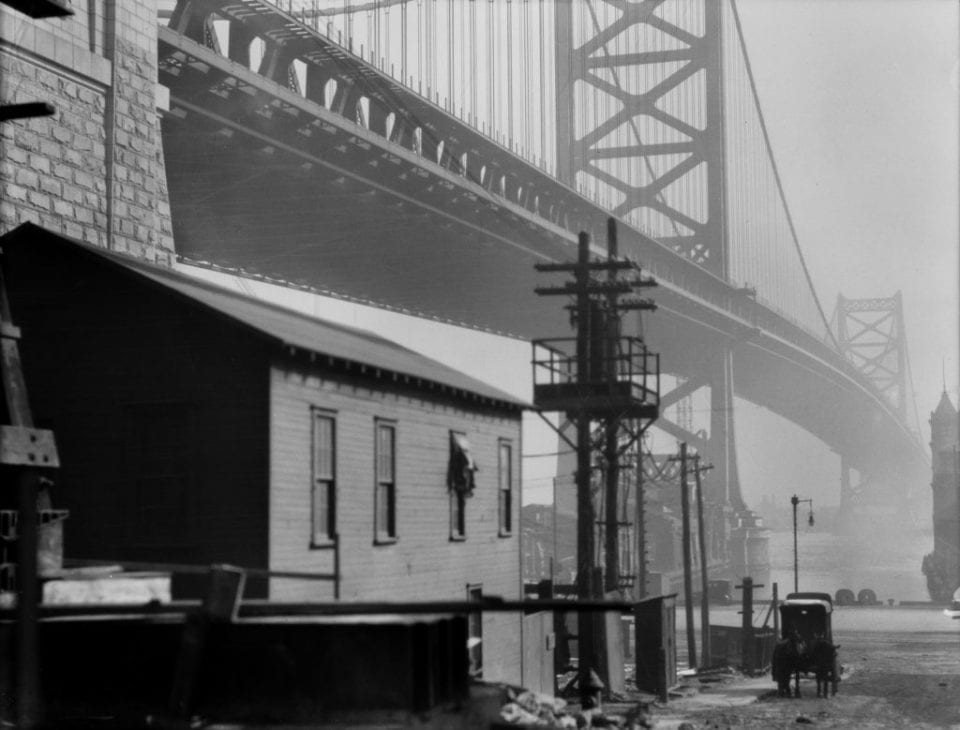E.O. Hoppé’s (1878-1972) body of work has undertaken several reincarnations, largely due to the vast number of curatorial interpretations and exhibitions. London Picture Library’s chosen method of cataloguing, for example, led to the most threatening reorganisation of ideas by omitting the author in favour of genre. With Hoppe’s pieces disassembled and his legacy diluted, he had almost been lost to the archival dust, when Californian company Curatorial Assistance, Inc. stepped in. Since his phoenix-like arrival onto the scene, the photographer has alleviated years of troubled Art Historians by mapping the final junctures through early photo-modernism.
Having taken his rightful place as one of the leading visual documenters of his generation, Die Photographische Sammlung / SK Stiftung has exposed the public to the geographical and aesthetic breadth of Hoppé’s career. The contextual weight of the collection thematically embraces more than a personal relationship with the lens, but a social and political documentation of the surrounding landscape. As such, the gallery has chosen a specific conceptual stance that covers a breadth of styles and genres, more than just the 20th century portraiture for which he is perhaps best-known. The display focuses on the exploration of industrial subject-matter, a poignant and pivotal notion that was also of increasing interest for many contemporaries around the 1900s. Rapid technological advances and bold urban construction acted as a dynamic canvas which the camera lens could capture. New machinery sparked a wealth of emotions, from inquisition and dubiousness to optimism and innovation. Hoppé provides meditations on these shifting ideals, revelling in the structural complexity and cultural acceleration that was unravelling.
It is important to note that the German-born artist also found long-term refuge in England;both these identities are reflected in the featured pieces. Whilst German engineers were beginning to thrive through the manufacturing market, Hoppé’s later country of residence is in the midst of steady decline, as can be seen in last year’s steel production tragic fall. Germany remains today an industrial superpower, with its production sector of its economy settling at twice the size of Britain’s – according to the World Bank 2016. Serving as a reminder of the glory days, the array of motifs are exclusively associated with manufacturing, from its habitat to its processes and finally its products.
Bathed in black and white, a selection of impressive structures that once dominated a nation’s land distribution seem to emerge from their smoking habitats and into the forefront of the compositions. Other selections capture blurry nondescript workers, acting like white noise in comparison to their looming structural superiors. Each image, regardless of location, compliments its neighbours as if it they were created as a single project. The continuity serves to denationalise a commerce dripping in national pride. Synthesising the ambitious maverick with the nostalgic traditionalist, Swiss curator Urs Stahel’s arrangement is homage to a prolific member of an internationally traversing cultural, economic and creative past.
In collaboration with the Fondazione MAST, Bologna, and the E. O. Hoppé Estate Collection/Curatorial Assistance, Unveiling a secret runs until 30 July. For more: www.photographie-sk-kultur.de
Credits:
1. E.O. Hoppé: Bridge and Carriage, Philadelphia, USA, 1926. © 2017 Curatorial Assistance, Inc. / E.O. Hoppé Estate Collection.





